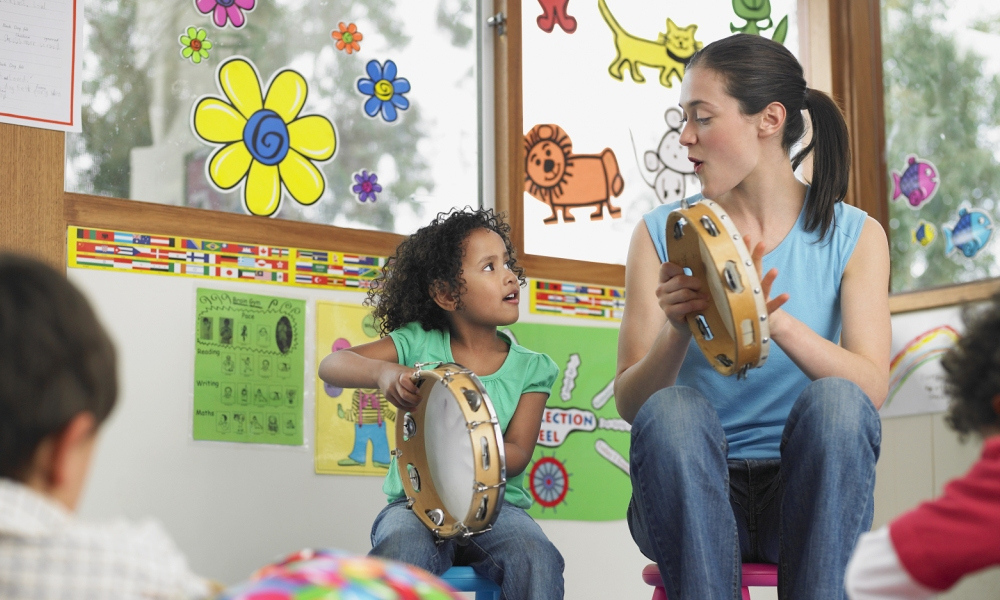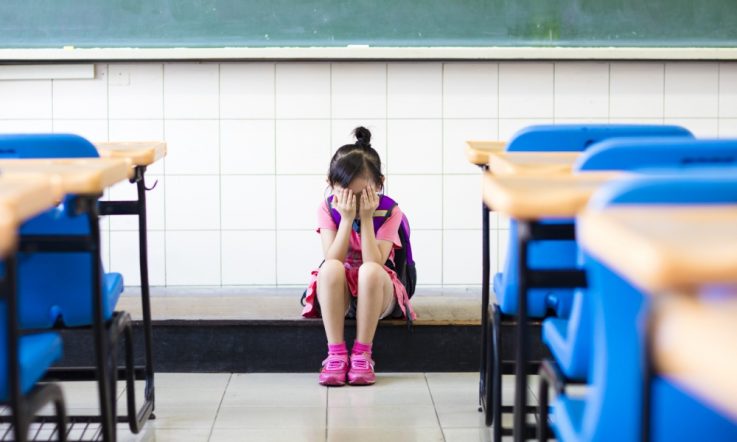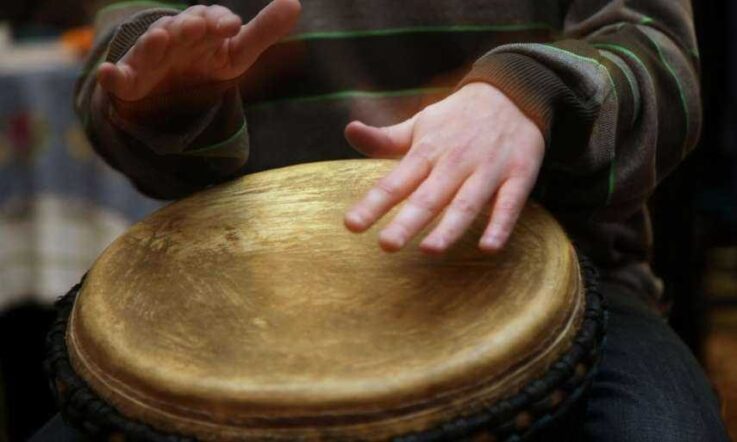Trauma informed practice (TIP) might sound dramatic, and yet it is an approach that has a simple premise, and is beneficial for all students.
TIP provides a new way to look at what is going on behind the school gate, as Susan Craig states: ‘Traditional explanations of children's disruptive behaviours often emphasise their volitional aspects, suggesting that they occur as a result of bad choices, or intentional defiance ... Recent studies of trauma and self and self-regulation provide an explanation.' (Craig, 2016)
TIP in education is what happens when we put student wellbeing at the core of everything. At Carlton Primary School in Melbourne we believe TIP is a key element of excellent teaching practice. We came to explore TIP in education because we have a very high proportion of students with a refugee background. Yet, while this was our motivating factor, the research, practice, and impact we see has led to this being an approach that we would not change and one that we see benefits all students.
We often think of trauma as an ‘event', such as an assault or a car accident – this can certainly be a traumatic experience. However, we now have a much greater understanding of the impact of experiences such as neglect, abuse, poverty, family violence, or lack of a healthy connection with a primary attachment figure. Repetitive traumatic events like these create physiological and psychological responses in children that can last a lifetime (van der Kolk, 2005, 2014).
Although many of our students live with the trauma of the refugee experience, statistics around child protection notifications, the rates of childhood sexual assault, families living with violence and the rates of students beginning school developmentally vulnerable paint a picture of students in classrooms across Australia living with trauma in their daily lives.
Supporting our students
Children living with adversity can be fantastic students, but they don't necessarily walk through the school gates ready to learn, they need more from us.
At Carlton Primary, a vital tool for our understanding about the impact of childhood adversity is the Adverse Childhood Experiences (ACEs) longitudinal study. It confirms the link between childhood adversity and mental and physical ill health, drug and alcohol use, domestic violence, risk taking and a lack of self-care. According to researchers (van der Kolk 1994, 2005, 2014; Perry 2006; Perry & Szalavitz 2008), the impact of trauma in the early years influences an individual across all areas of development, including relationships, self-regulation, physiological responses, sense of self, memory, focus and concentration. At school we see disruptive behaviours related to all these areas.
With this knowledge, staff at Carlton Primary ask why the behaviour might be occurring and what the child might need in order to no longer feel the need to enact the behaviour (when it is problematic). While we don't compromise on our core school values, the rules are not the same for every student. We know that incentive- or threat-based strategies are not likely to be powerful enough to stop ingrained behaviour that has served as protective in the past.
‘The goal is to get to the root of the problem, not to discipline a kid for the way his brain is wired. After all, what good does it do to punish a child who literally hasn't yet acquired the brain functions required to control his behavior?' (Lewis, 2015)
We are clear that children are not trying to be ‘bad', they are not choosing distraction, or lack of focus, or disruption. As frustrating as it is for the adults around them, these children are held hostage by their past, by the functions of their brain. Strategies need to be consistent, relationally based, and predictable. Different strategies work for different kids.
Key elements of trauma informed behaviour management include:
- A whole school approach. A child, in order to feel safe at school, needs to know that they can approach any classroom teacher, specialist, principal, teacher's aide, wellbeing support, or business manager, and receive the same response. The response needs to be agreed upon by all staff, practiced, and with an accepted process when things don't go the way we hope;
- Assuming complexity, approaching with empathy;
- Commitment to building trust and relationships. We can never stop working on this. For students and families living with prior and ongoing trauma, each day can bring a new struggle, and school can provide a sanctuary;
- Connecting with the whole family;
- Behaviour as a symptom of the problem, not the problem. This is not to say that violence or breaches of safety do not incur serious consequences, but that the consequences include a depth of investigation and a great deal of support;
- Support children to build the skills that are a struggle for them, and include them in the process; and,
- Connection with external agencies, because school can't do it all.
Classroom tools and strategies
Different students require different tools to support their learning. We use a range of tools and strategies, and are always adding more to our collection:
- Visual reminders of the day, for the whole class and individuals;
- Focusing on the habits of good learners as well as the learning focus of the lesson;
- Sensory input opportunities like therabands wrapped around a chair's base, a rocking mat for floor time, trampoline time, sand, blue tack or other fiddle toys;
- Allowing self-regulation and co-regulation outside the classroom;
- A consistent schedule (wherever possible), a familiar person around, even if the teacher is away;
- Building a classroom culture, connection. Group songs, routines;
- Titration – big learning expectations that last only a small, achievable amount of time, gradually increasing;
- Pre-emptive strikes – for example, some kids need important ‘jobs' for the five minutes between class and a specialist subject, so they are able to enter an already calm room, reducing the chance they will become heightened by the change;
- Offering children opportunities to make choices (wherever possible);
- Lots of positive reinforcement, a ratio of 6:1 positive to corrective feedback;
- Calming activities like yoga, especially when kids are heightened (after break times);
- Perspective-taking opportunities to build empathy;
- Teachers ready to provide children with a range of ways to express themselves;
- A routine when marking the roll that allows children to make a short comment about something related to them, building a sense of self in the world and in class;
- Create opportunities to make choices, to practice identifying preferences and interests, particularly for those who do not otherwise have this opportunity;
- Use children's names a lot – label things with their names, remind them who they are and that they belong;
- Name emotions frequently, and model this;
- Encourage journaling and personal narrative writing, including letter writing to buddies outside the school;
- Word walls, lots of visual exposure to words that children might want to use;
- Common language of expectation and support; and,
- Clear and open communication between teachers, particularly at transition times.
A focus on student wellbeing requires a generous allocation of wellbeing staff, ideally available at any point in the day to be a touchstone for students and teachers and ideally also able to work in classes teaching the fundamentals of emotional literacy, and learning to learn, to students.
What about those gloriously well-adjusted students, who are supported at home, and live a generally happy and safe life? They also thrive socially and academically in an environment where adults celebrate their successes, guide them kindly when they trip up, and teach them skills for life. Teachers respond to working in a positive environment, with constant opportunities to reinforce the great things happening in their classrooms and beyond. Families, too, respond well to being welcomed into the school community in a meaningful way. TIP in education benefits everyone.
References
Craig, S. E. (2016). Trauma-Sensitive Schools: Learning Communities Transforming Children's Lives, K 5. Teachers College Press.
Lewis, K. R. (2015). What If Everything You Knew About Disciplining Kids Was Wrong?. Mother Jones.
van der Kolk, B. A. (1994). The body keeps the score: Memory and the evolving psychobiology of posttraumatic stress. Harvard review of psychiatry, 1(5), 253-265.
van der Kolk, B. A. (2005). Developmental Trauma Disorder: Towards a Rationale Diagnosis for Chronically Traumatized Children. Psychiatric Annals, 35, 401-8.
van der Kolk, B. A. (2014). The body keeps the score: Brain, mind, and body in the healing of trauma. Penguin Books.
Perry, B. D. (2006). The neurosequential model of therapeutics: Applying principles of neuroscience to clinical work with traumatized and maltreated children. Working with traumatized youth in child welfare, 27-52.
Perry, B. D., & Szalavitz, M. (2008). The Boy Who Was Raised as a Dog: And Other Stories from a Child Psychiatrist's Notebook-What Traumatized Children Can Teach Us about Loss, Love and Healing. Basic Books.
The author says ‘a child, in order to feel safe at school, needs to know that they can approach any [staff member] and receive the same response’. As a school leader, do all staff, not just classroom teachers, adopt a consistent approach to behaviour management?
As a teacher, when dealing with behaviour management incidents in your classroom, do you reflect on why it might be happening and try and get to the root of the problem?
How often do you give students the opportunity to make their own choices?



